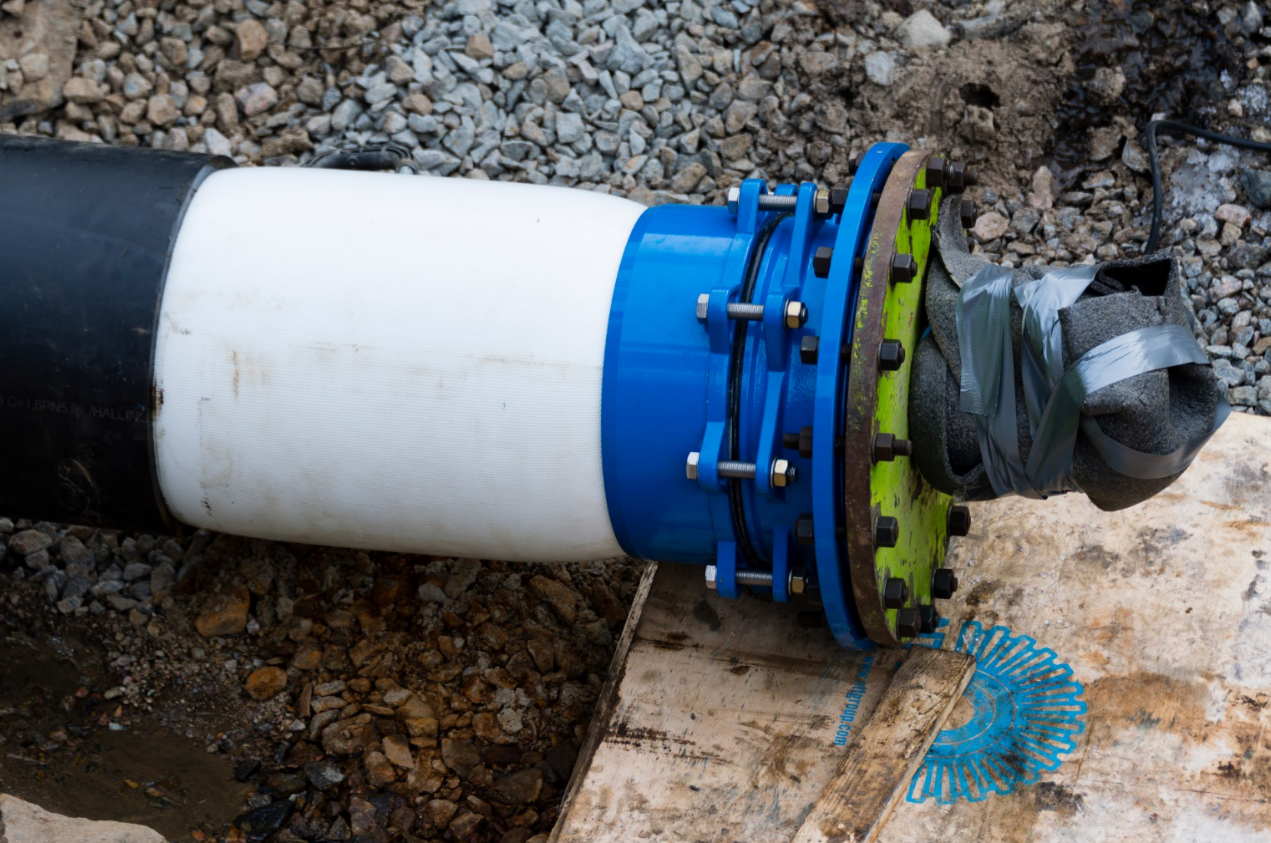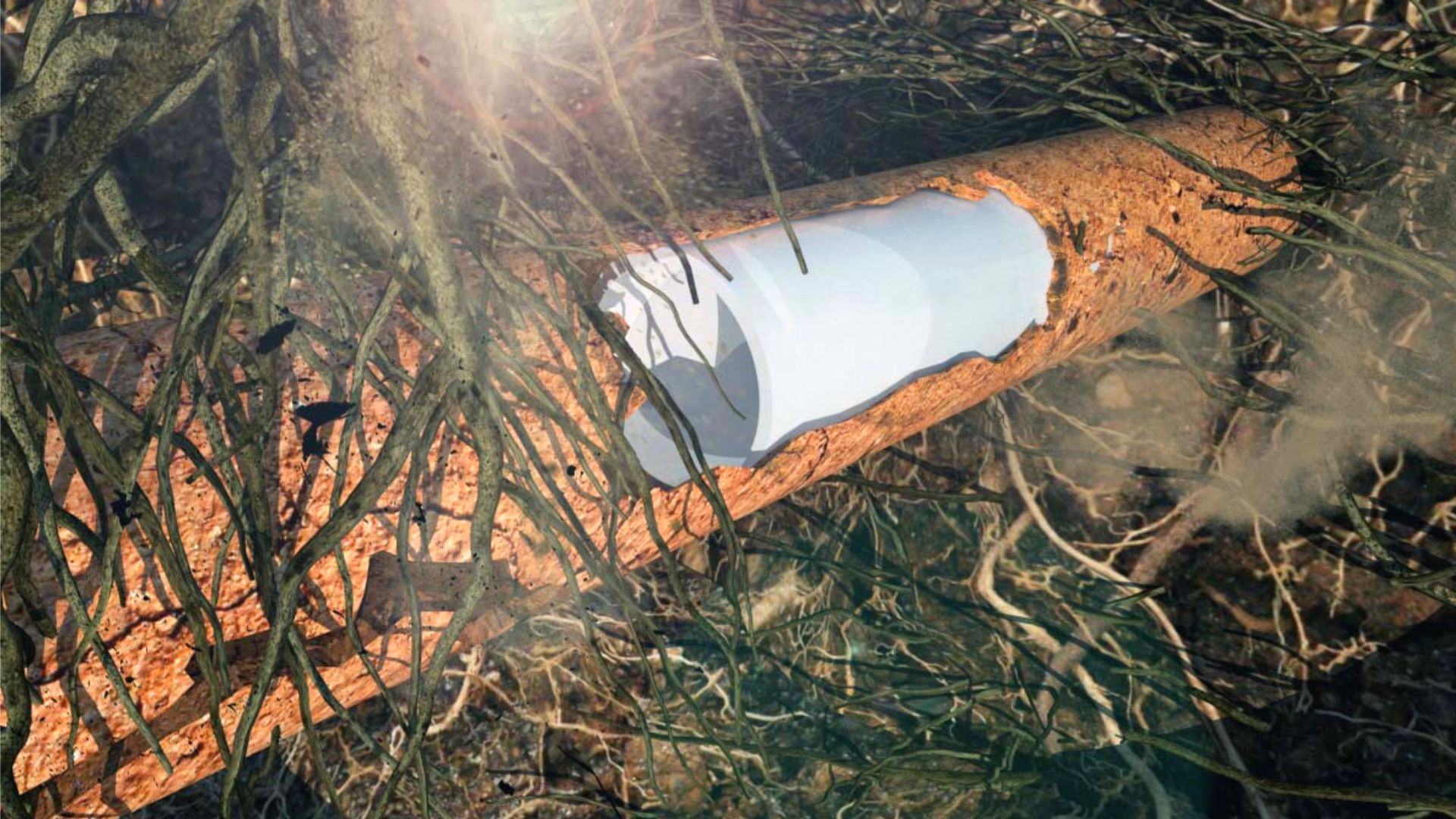What are your opinions about What Is Pipe Relining?

Pipeline relining is a rather brand-new idea and also a long-overdue alternative to the typical method of dealing with drainage issues by excavating. It avoids the excavation process leaving structures intact and also returning your drain to its former glory. Blocked drains, split pipelines, root instruction, gathered sedimentation, as well as many various other problems connected with water drainage systems can now be fixed using this approach. It just involves covering the old pipes with a substance that is delegated embed in the shape of the old pipe. The old pipeline now serves as a defense for the newly developed ones, thus eradicating drain troubles in the local future. Adjustment water drainage problems while surrounding frameworks remain intact is a terrific benefit of this process. While pipeline relining appears like an attractive choice for property owners it is a service that needs unique ability as well as training that a normal plumber might not have the ability to deliver. Therefore you ought to get in touch with certified as well as trained plumbing technicians that are competent in pipeline relining.
Relining Correct
A custom-made lining bladder is made and also put right into your drain to coat the inner surface with lining resin. Compressed air is utilized to spread the material equally on the internal surface area of the pipes. Lastly, the coating is left to treat and also set for the following few hours.
We set up the pipeline relining option
When we prepare to install the relined section of pipe, we soak the felt lining in an epoxy material, and also insert the uninflated bladder into the pipe liner. A rope is attached to each end of the liner, which we use to pull the pipe liner into place by utilizing the existing accessibility indicate your pipelines.
By utilizing the connected ropes as well as the existing accessibility points to your pipelines, we pull the felt liner and also uninflated bladder right into place inside the pipe, without any digging. We line it up by using a professional drain video camera to make certain it's in exactly the ideal spot. Then, we inflate the bladder with air, which blows out the felt liner to seal against the existing pipes, producing a brand-new pipe that holes up any breaks or cracks. The bladder continues to be filled with air up until the material has treated to create a difficult, challenging pipe.
Then we deflate the bladder and also pull it revoke the pipeline, leaving you with a brand-new, tough and also leak-proof pipe.
Benefits of Pipeline Relining
Negative Aspects of Pipeline Relining
Pipe relining is a process that needs specialized skill. For this reason, it can not be done by just any plumber. Additionally, practical as it may be, it is not appropriate for all cases. For example, in cases where the pipeline has large cracks or huge inner spaces, the staying solution will not have the ability to create a definite form. Pipe patching can be done in situation of smaller damages.
The Relining Process
As has actually already been stated, the relining procedure should be executed by skilled and qualified professionals if the process will certainly succeed. It takes specific concise as well as purposeful steps to finish the job properly.
Drain Cleaning
After it has been validated that pipeline relining is feasible, the drain must be free from any type of obstruction with debris, sediments, as well as blockages. This is typically finished with a high-pressure jet of water. The drain is after that observed with the electronic camera once again to determine any type of blockage that may impact the relining procedure.
Drainage Assessment
This is the first step targeted at both examining the extent of damage as well as the stability of the pipeline remaining as the service to the problem handy. It is done with a drain camera. The cam is positioned within the pipeline and the footage is made use of to discover any kind of irregularities such as pipe imbalance, missing out on sections, tiny or big voids, and aged pipe product.
Last Evaluation
It is needed to evaluate the end result of the remaining procedure to establish if it succeeded or not. This is finished with the same drainpipe camera method as was used for the initial inspection. Hereafter, your freshly relined drainpipe awaits usage.
How Does Pipe Relining Work?
How This Process Works
Pipe relining works by fixing your pipes from the inside. A flexible felt tube made of polyester or fiberglass and saturated with resin is inserted into the existing, damaged pipe. Over time, this special resin hardens to form another pipe within the original pipe. This method is considered trench-less technology because it involves minimal digging and forms a much simpler and more cost-effective alternative for traditional pipe repair methods.
Steps for Pipe Relining
Step One: Verify the pipe is a suitable candidate for relining: First, a professional installer examines your pipes to assess the extent of the damage. This used to be accomplished with closed-circuit cameras, but today forced electron leak location (FELL) equipment provides a more thorough inspection and allows for the creation of more effective solutions.
Step Two: Prepare and measure the pipe: Next, the blocked pipes are thoroughly cleaned to return them to their original dimensions. Regular cleaning methods are employed first and any blockages are removed, usually with robotic cutters. After this, a high-pressure water jet ensures the pipe walls are fully clean and ready for the resin to attach. The camera equipment is employed a second time to verify the pipe is ready for insertion. Then, the length of the pipe is calculated to determine the length of the lining.
Step Three: Insert and cure pipe liner: The flexible felt tube saturated with epoxy resin is inserted into the pipe. Inside the tube is a bladder that inflates and pushes the tube to form to the inner walls of the pipe. Next is curing, the longest part of the process. Hot water is used to harden the resin, followed by UV radiation to cause final hardening. Before the process can be complete, junctions and inspection pits must be cut out. Junctions are removed with robotic cutters, while inspection pits are removed with grinders or surface-level cutters.
Step Four: Final inspection: The bladder is deflated and removed, then the installer uses the remote camera again to verify that the liner has been placed appropriately.

Hopefully you liked our piece about What Is Pipe Relining. Many thanks for finding the time to read through our piece. You should take a moment to promote this page if you liked it. I praise you for your time. Visit again soon.
24-hour service? Dial here.